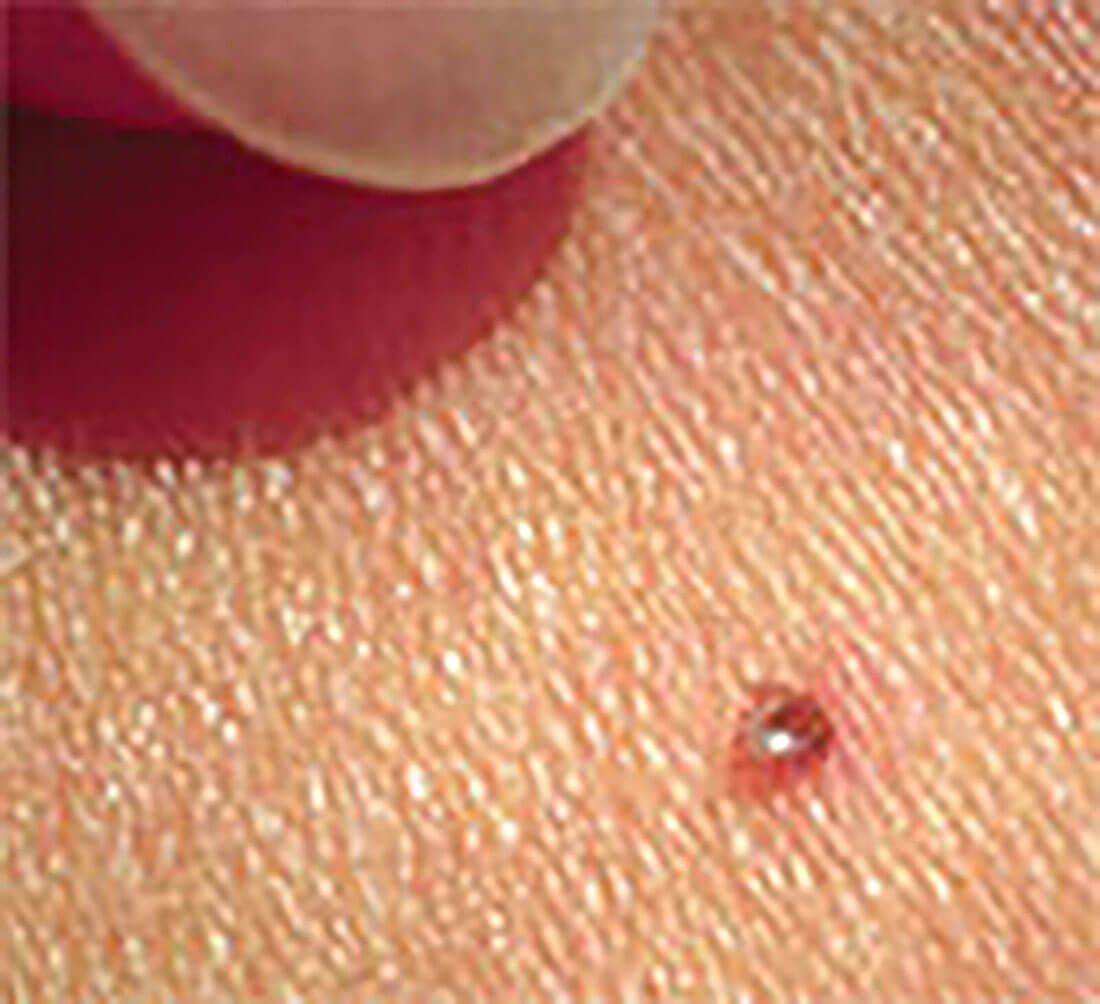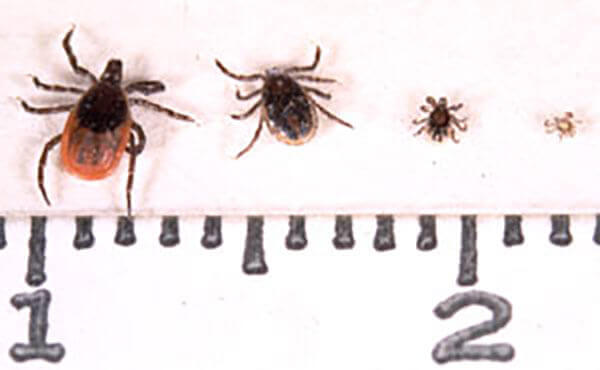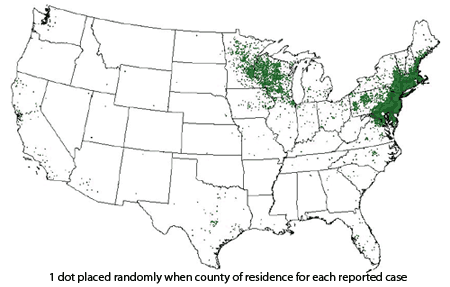What Is Lyme Disease?
Lyme disease is an acute inflammatory disease caused by the bite of a tick infected with the bacteria, Borrelia burgdorferi.
There are a number of first/early symptoms associated with this condition.
Late symptoms may also develop. In many cases Lyme disease can be successfully treated.
When was Lyme disease first discovered?
An unusual outbreak of arthritis near the town of Lyme, Connecticut (USA) in 1975, led to Lyme Disease being first recognized. There has since been a steady increase in the number of reported cases of Lyme disease.
Lyme disease has now emerged as a serious public health problem in the United States.
The Number Of Reported Lyme Disease Cases
The chart below shows the number reported Lyme disease cases in the US between 1991 to 2005.

The chart clearly shows the steady increase in the number reported Lyme disease cases throughout this period.
What causes Lyme Disease?
Borrelia burgdorferi is the bacterium which causes Lyme disease. Lyme disease is spread through the bite of ticks which carry Borrelia burgdorferi bacterium.
In the United States there are two main species of tick which carry and spread Lyme disease. The deer tick or black legged tick(Ixodes scapularis) spreads the disease in the north central and eastern parts of the United States.
The western black legged tick (Ixodes pacifus) spreads Lyme disease on the west (Pacific) coast. Both species of ticks are found in wooded areas. The life cycle of the Ixodes tick is complex.
How is Lyme disease bacterium transmitted to humans?
Present in the leaf litter of the wood or forest floor or on the tips of shrubs and grasses, the Ixodes ticks search for host animals to crawl onto. In cases where Ixodes ticks are found on the scalps and groins of humans, they have most likely crawled there from lower parts of the body.
Slow feeders, Ixodes ticks feed on the host animal (or human) by embedding their mouth parts into the hosts skin. It may take several days before they have finished their meal during which time their bodies enlarge with the hosts blood they have consumed.
The Lyme disease bacterium is transmitted around 36 to 48 hours after being attached to a human host. In some regions ticks may also transmit other diseases including anaplasmosis and babesiosis. Immature ticks are referred to as nymphs and are often the type which infect humans with Lyme disease bacterium.

At less than 2mm, nymphs are minute and difficult to see. The photo above shows an Ixode nymph alongside a human finger tip for scale. The tiny size of the nymph means they are more likely to go unnoticed whilst feeding on the human host during the spring and summer months.
On humans ticks tend to be found in the harder to detect areas. The armpits, scalp and groin are common places where the ticks embed themselves.
Although adult ticks can transmit Lyme disease, their larger size usually means they are discovered well before the 36 - 48 hour transmission time. Compared to nymphs which are more active in the spring and summer month, adult Ixodes ticks are more active (and more likely to be found) during the spring and fall.

Compared to the more common cattle and dog ticks, Ixodes ticks which carry the Lyme disease bacterium are much smaller. During the larval and nymphal stages they are small enough to fit on a pinhead. Whilst adult Ixodes are bigger, they develop only to about the size of an apple seed.
The photograph to the right shows the developing sizes of the Ixodes tick from the larval stage on the right to the adult stage on the left (rule scale is cm's – each stroke represent 1mm).
At present there is no evidence to suggest a human can get Lyme Disease from
- Food
- Air
- Water
- Direct from domestic or wild animals
- Insects including flies and mosquitoes
- Sexual contact with an infected person
There have also been no reported cases where Lyme disease has been spread through blood transfusions or other contact with blood (although theoretically this could happen).
As the Ixodes ticks thrive in wooded areas, people who live near and around these areas are at a much greater risk of Lyme disease compared to those living in urban areas with little vegetation. Around the home there is increased risk between the edge area of woods and lawns.
In affected areas domestic animals such as dogs and cats may bring ticks into the house if they go out to wooded and grassy areas.

Since its discovery in 1975, cases of Lyme disease has been found throughout the United States.
However much higher number of reported cases have been found on the West Coast (many Lyme Disease cases have been reported in northern California), the Northeast of the US from Maryland to Maine and the North central states with the majority of cases there in Minnesota and Wisconsin.
A number of factors must be present for Lyme disease to exist in a given area.
These include:
- Ticks that can transmit the Lyme disease bacterium
- Animal hosts which provide food for tick throughout their life cycle
- Animals which are infected and carry the Lyme disease bacteria in their blood
The climate of the area also plays a factor.
Ticks which transmit Lyme disease are typically found in temperate areas which have constant high readings of relative humidity at ground level.
The vegetation found in wooden areas promotes higher relative humidity at ground level.